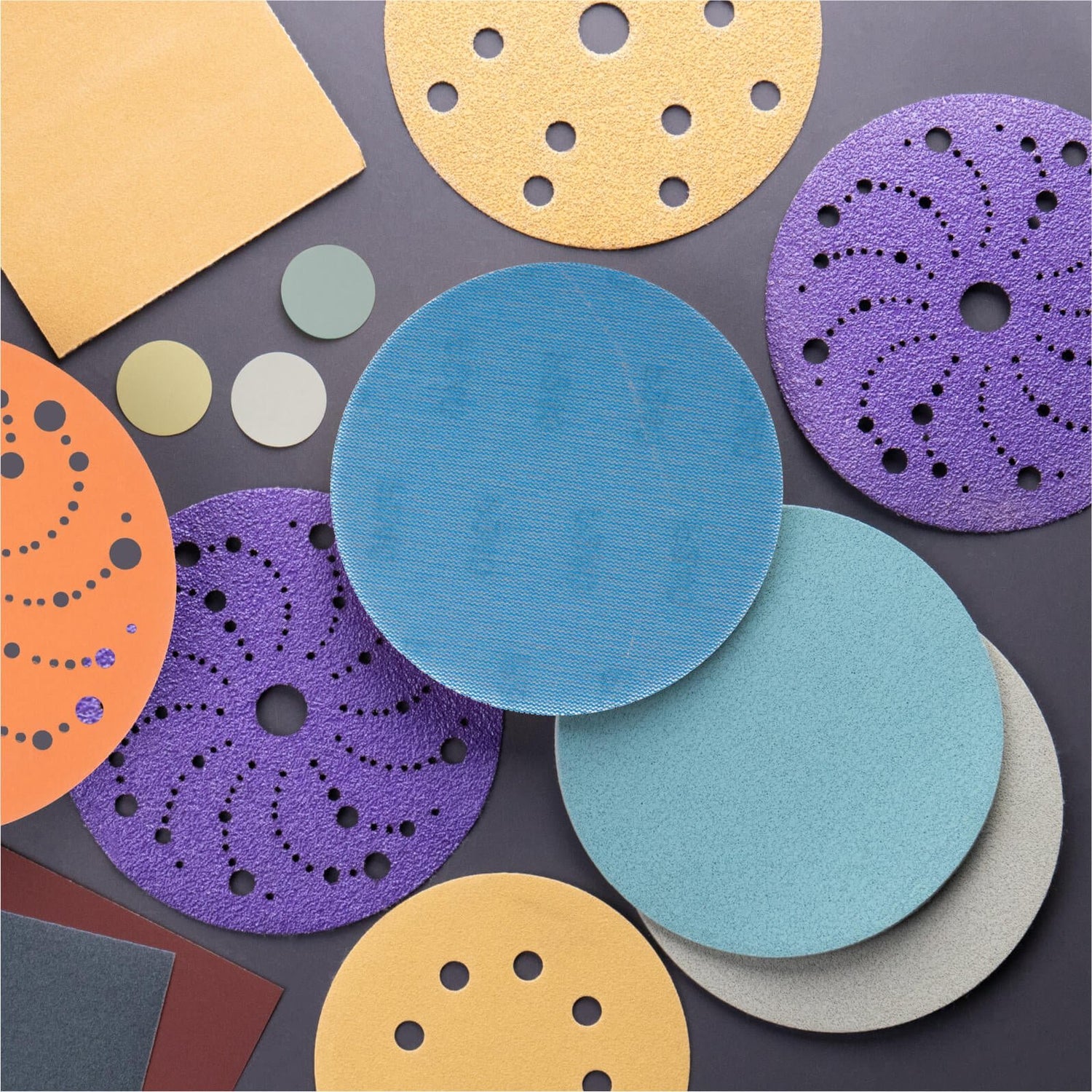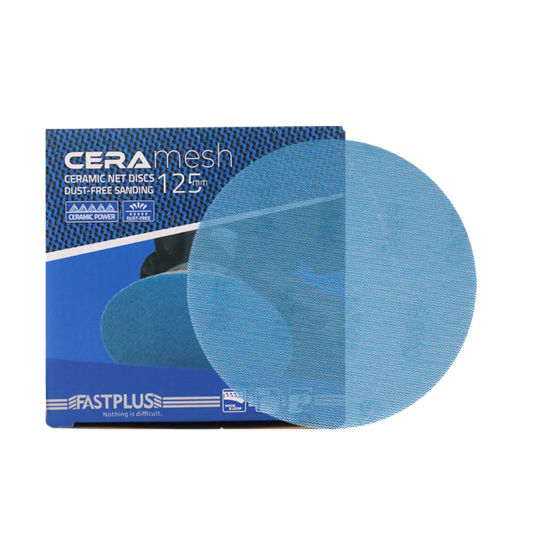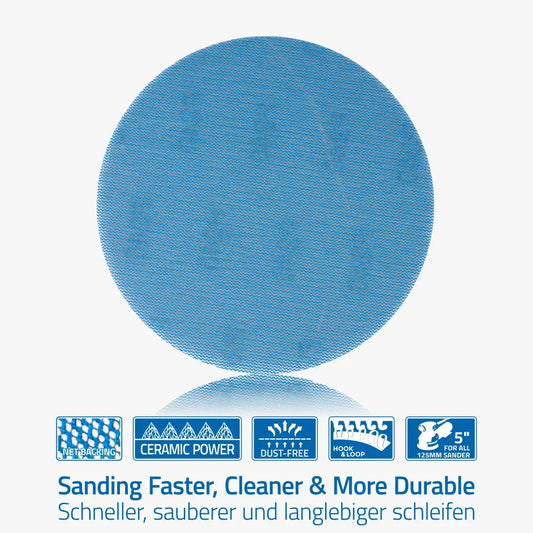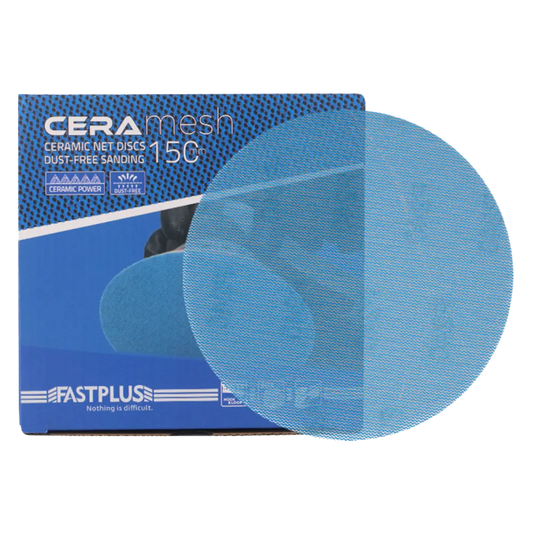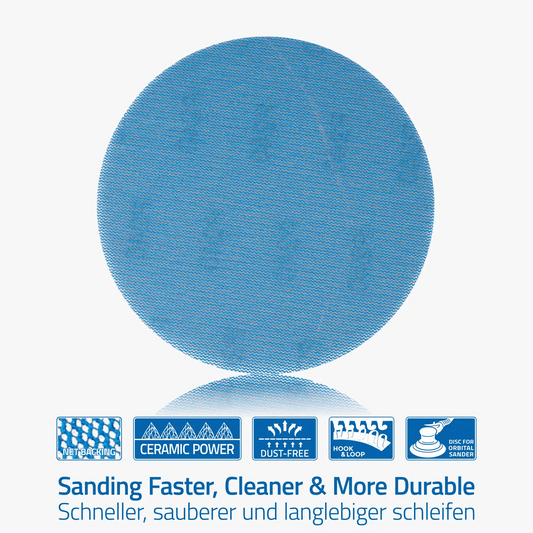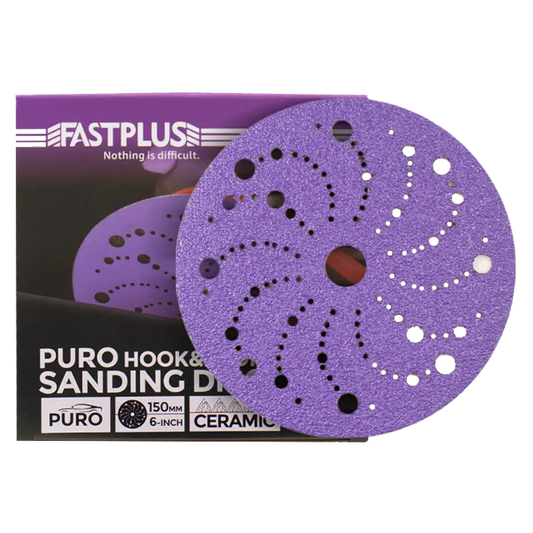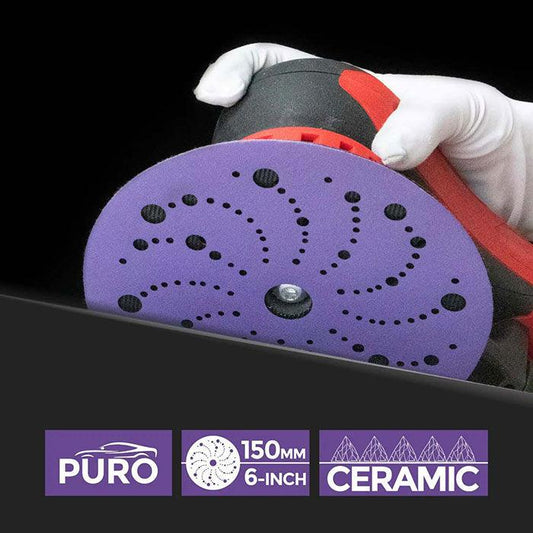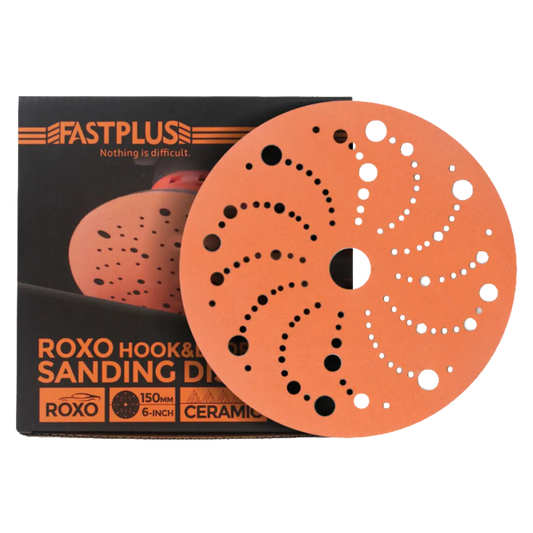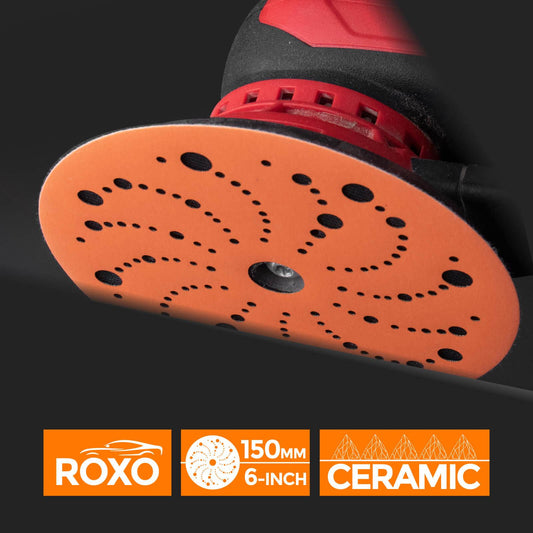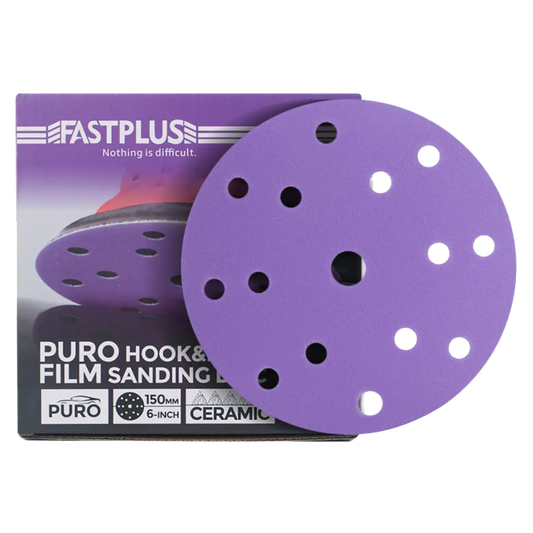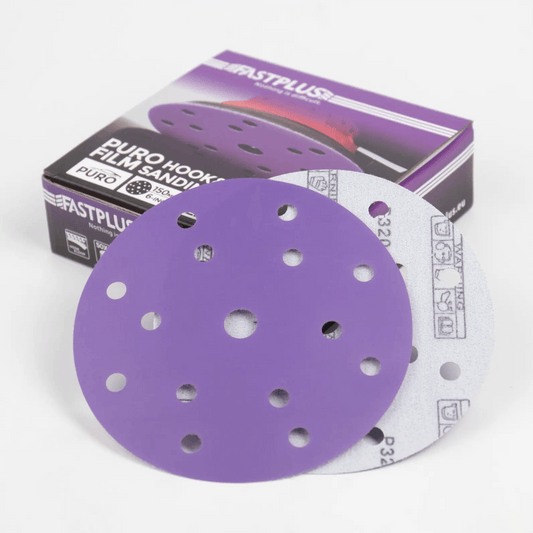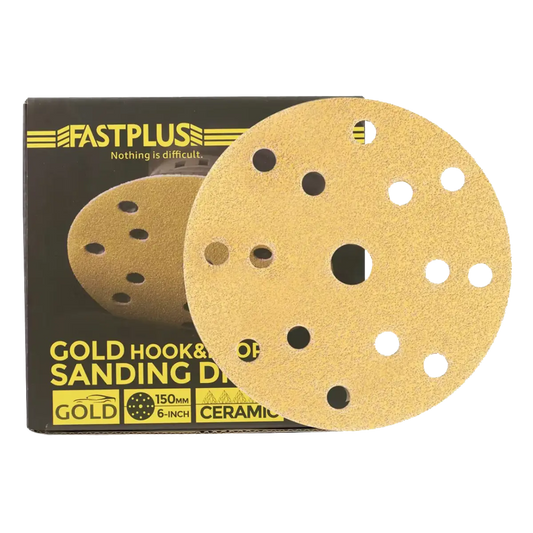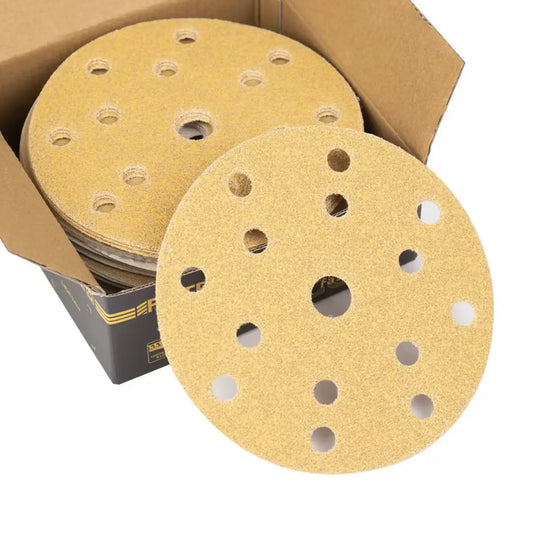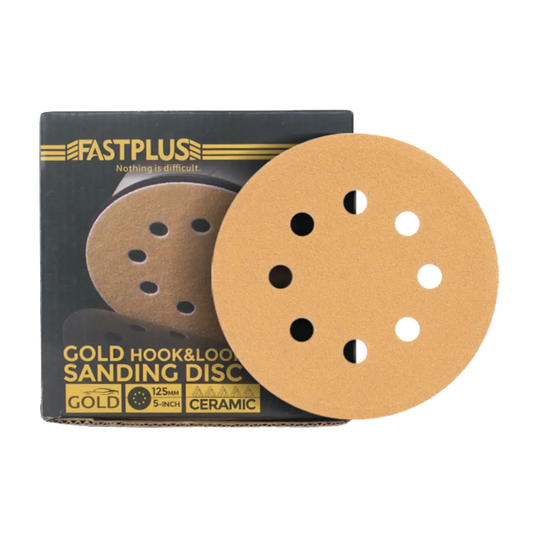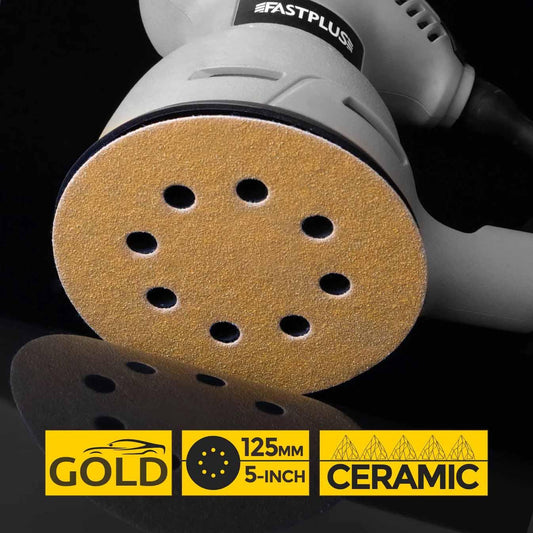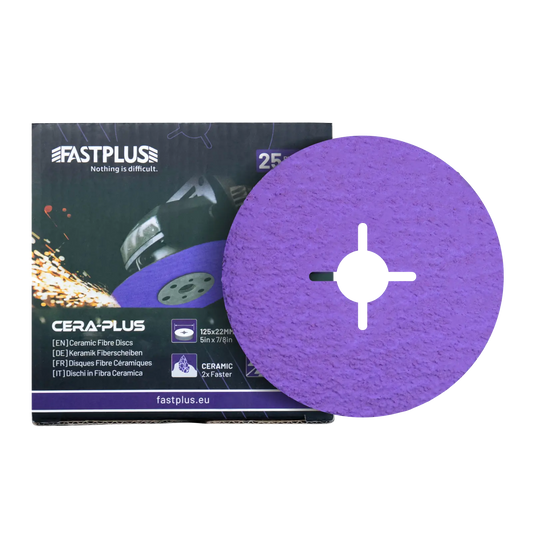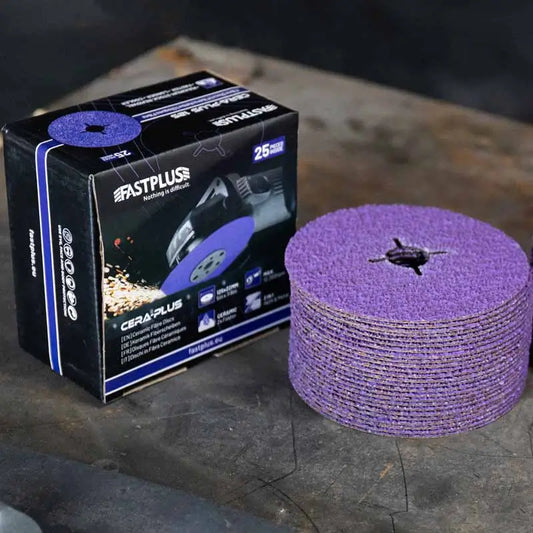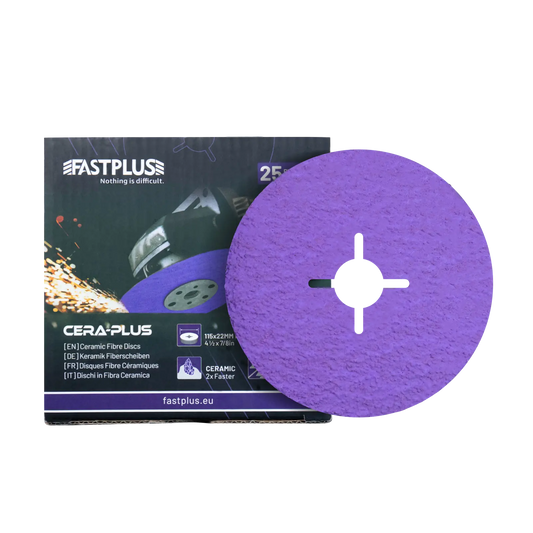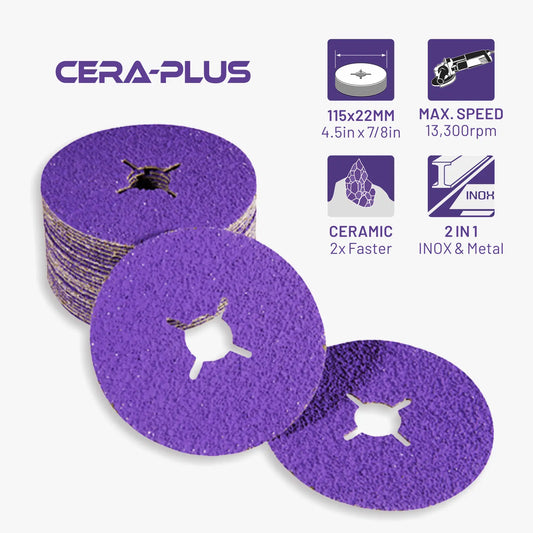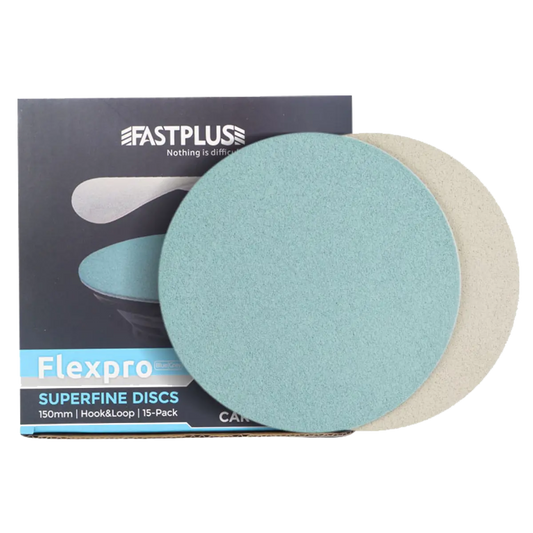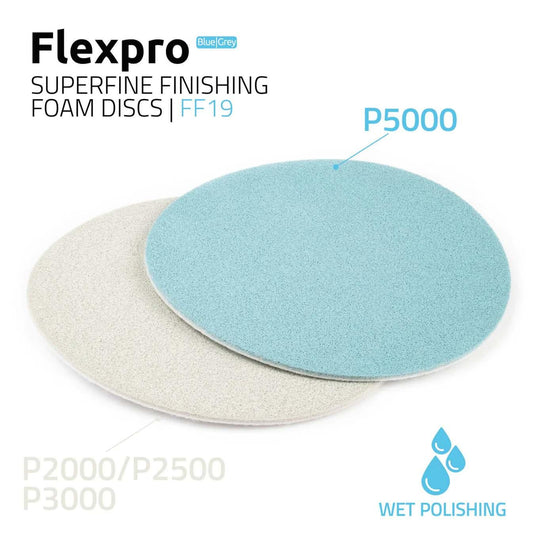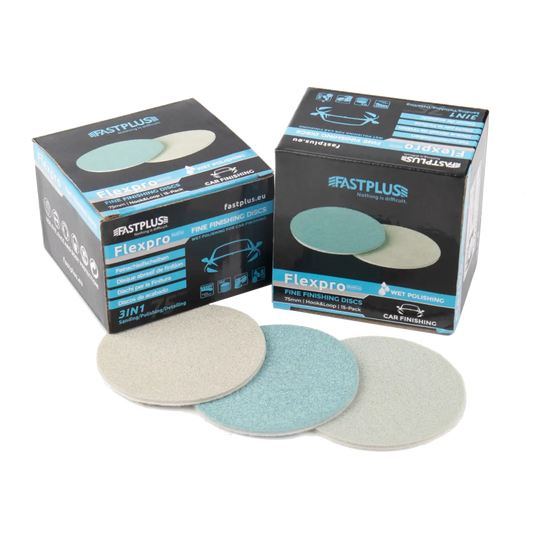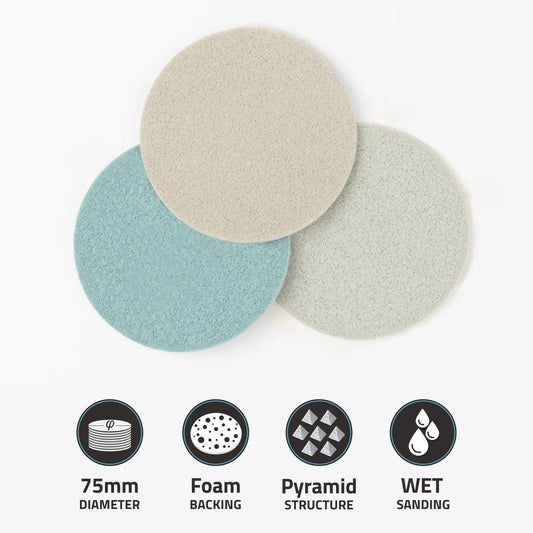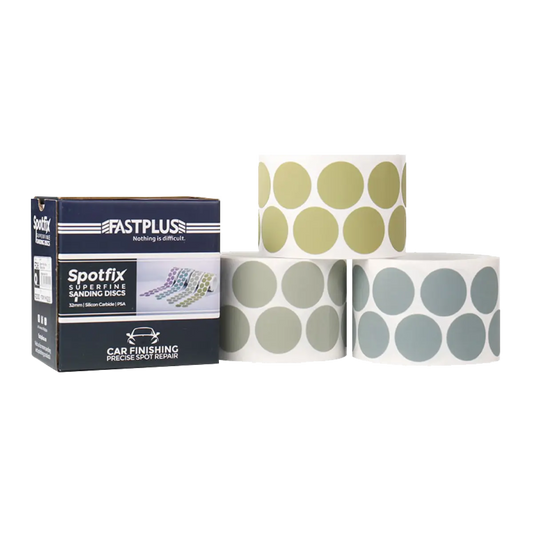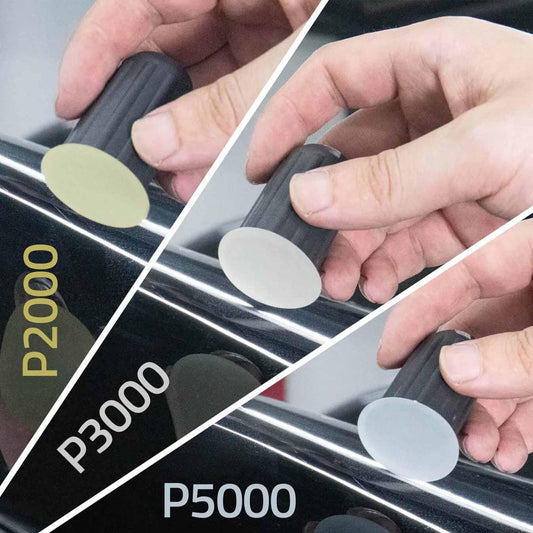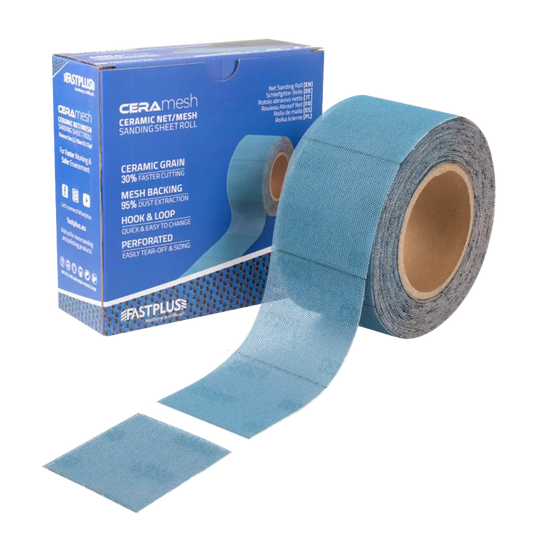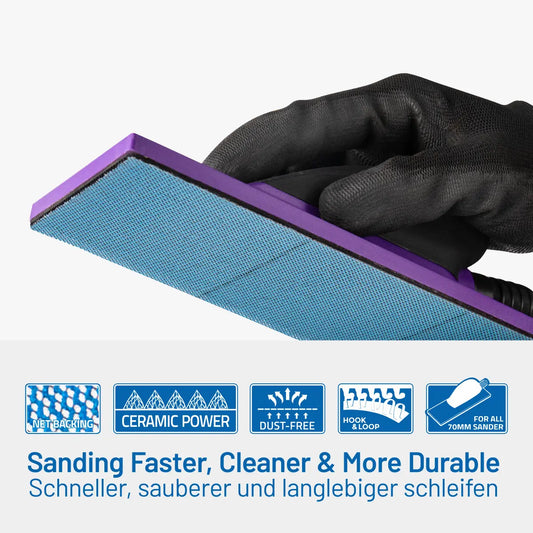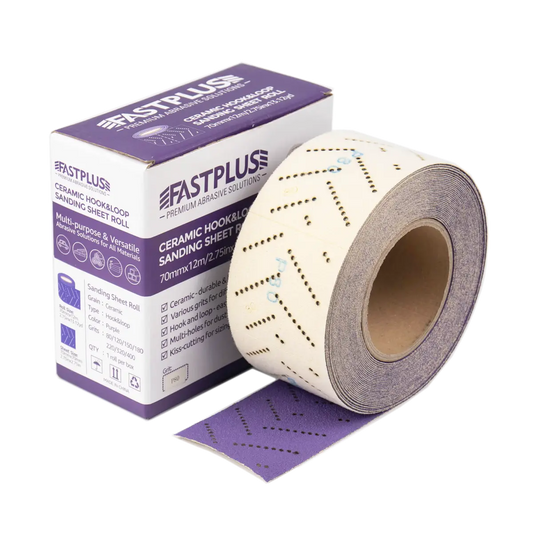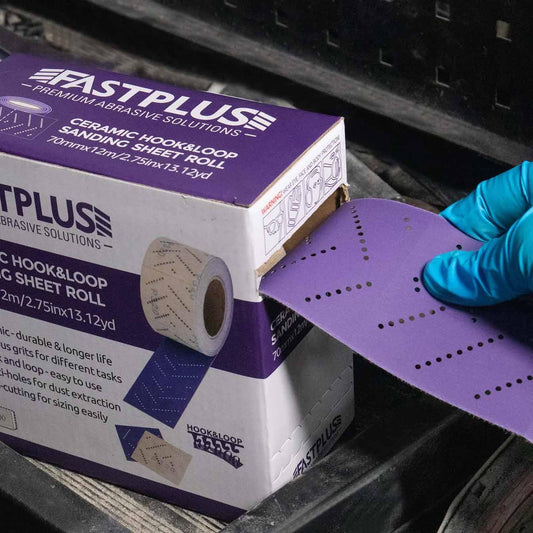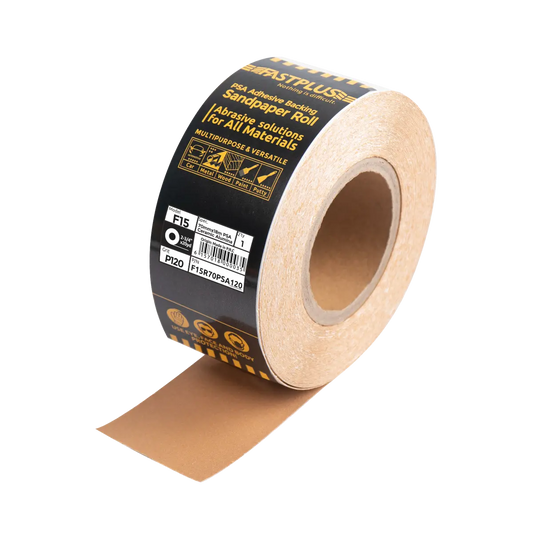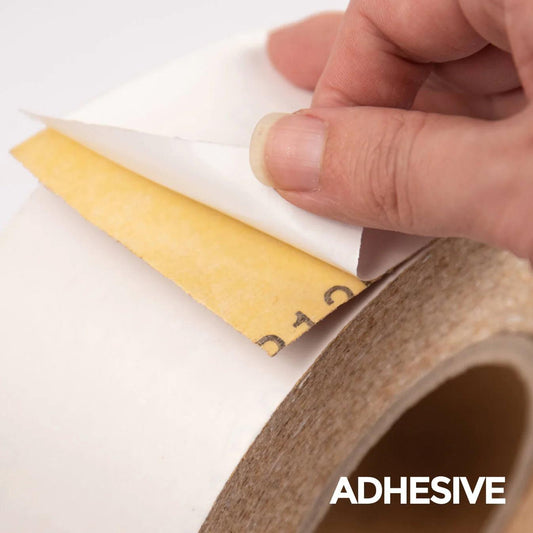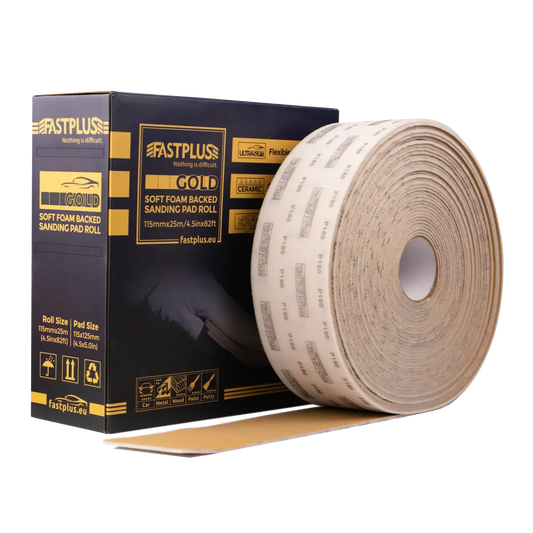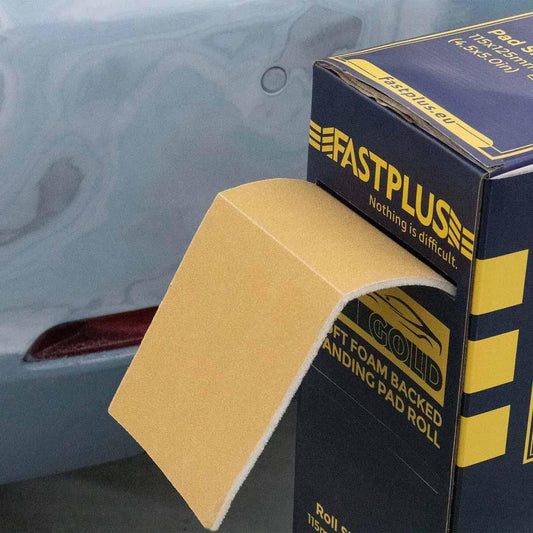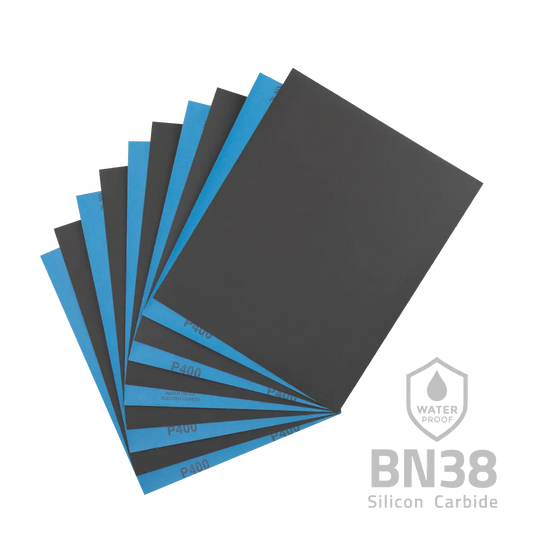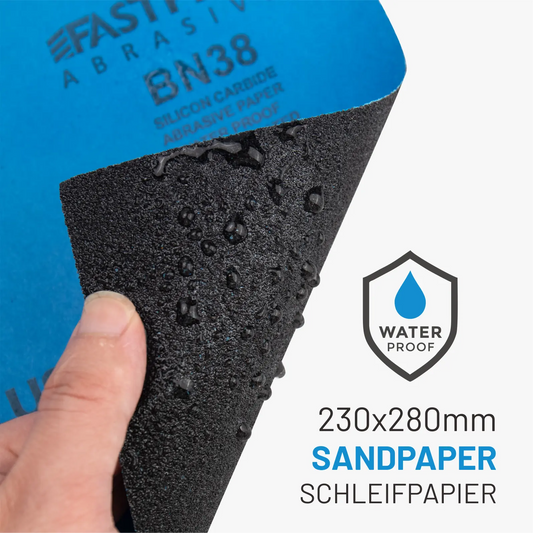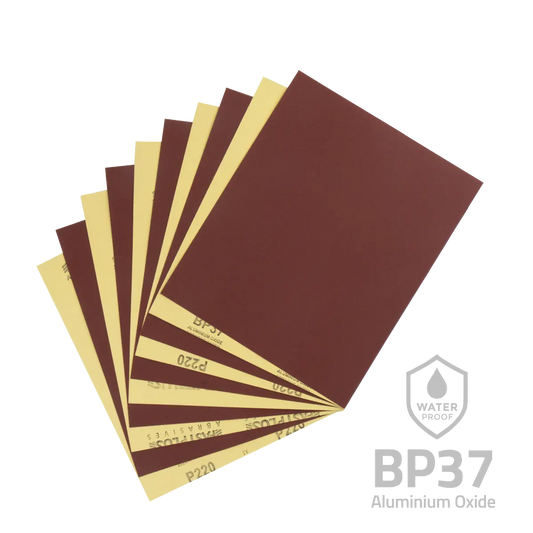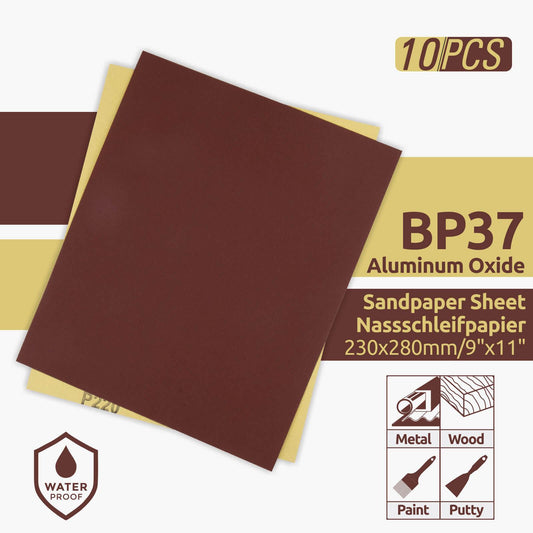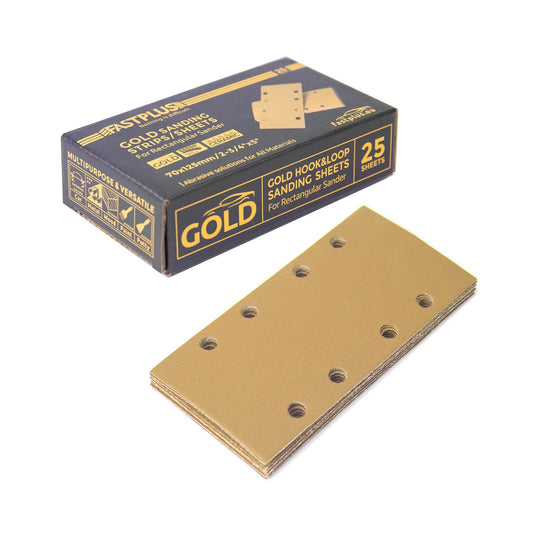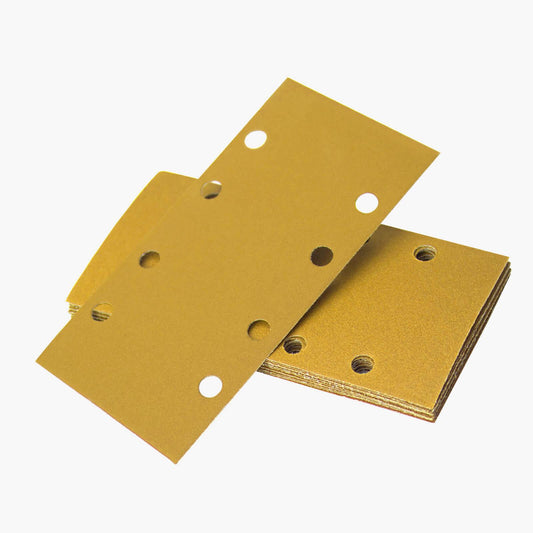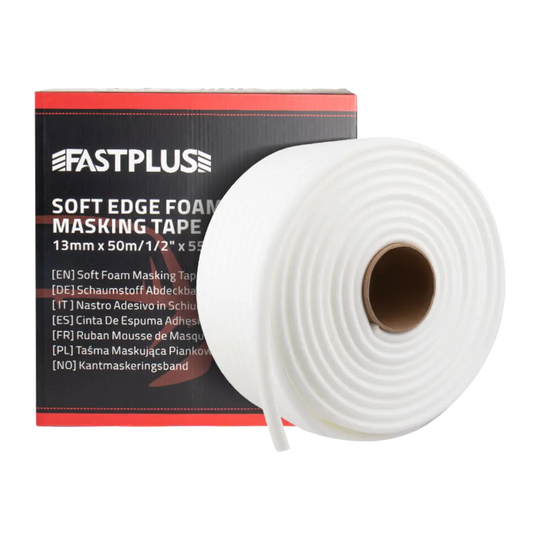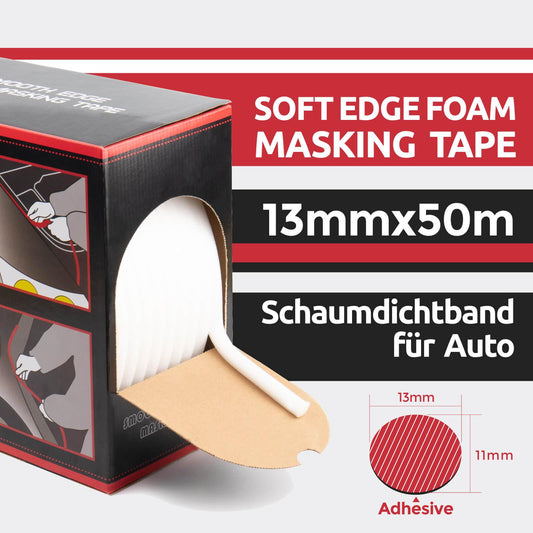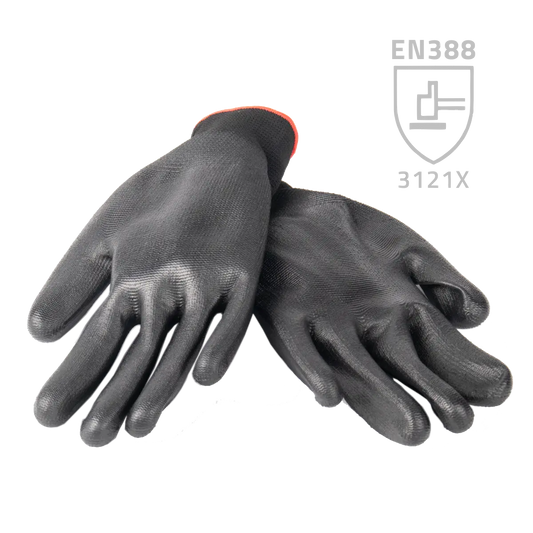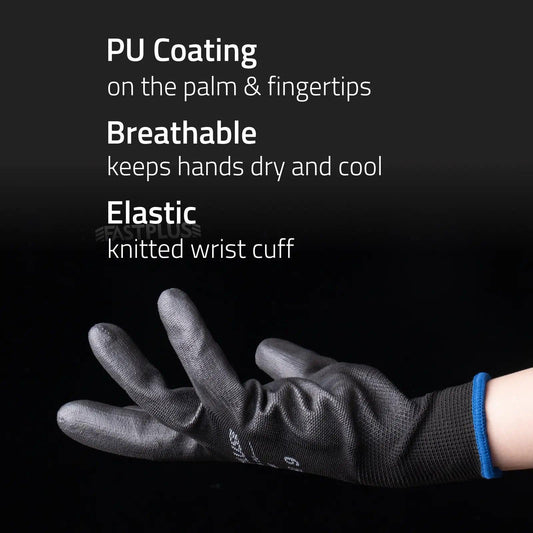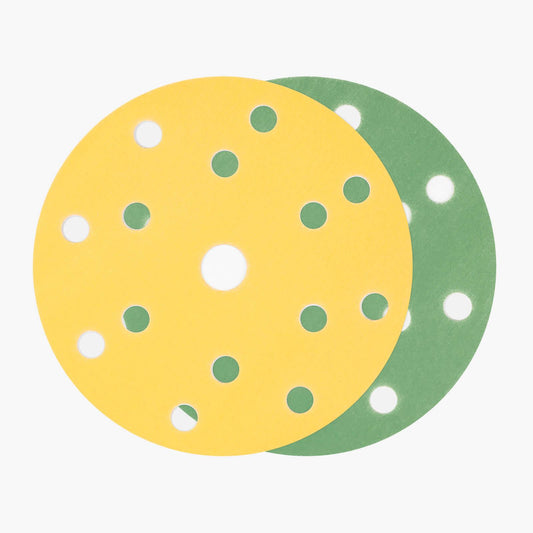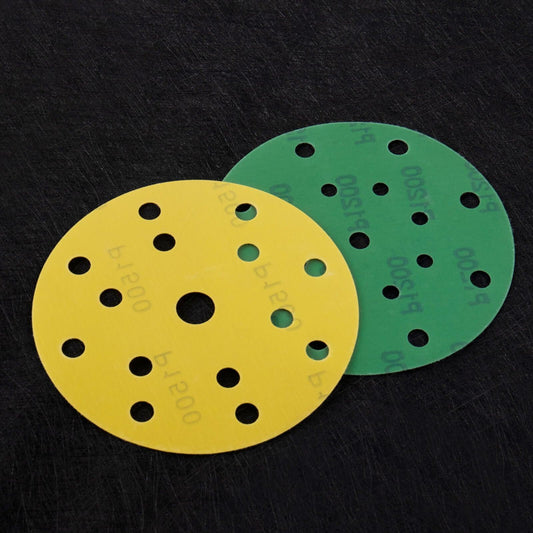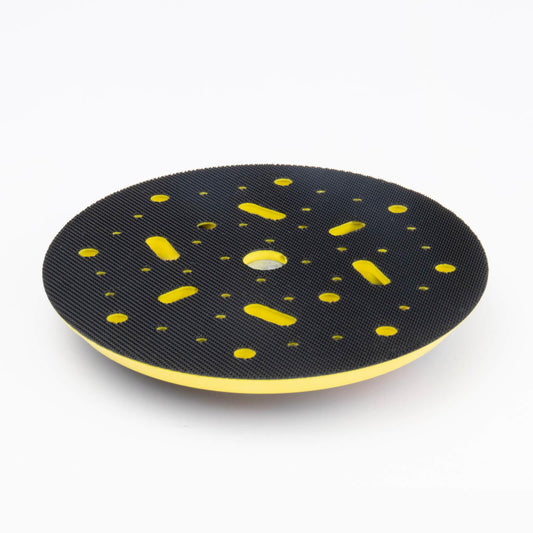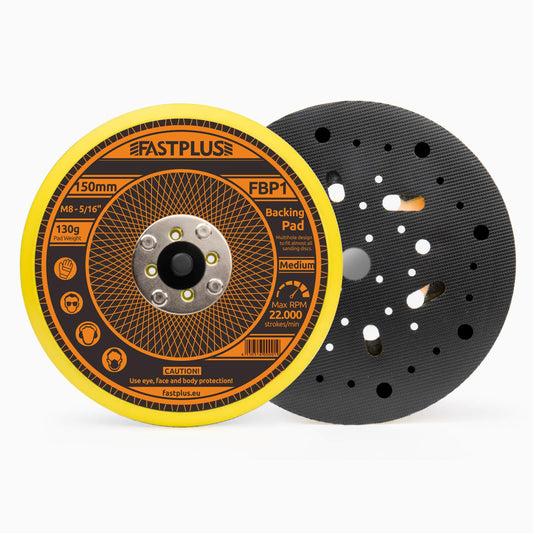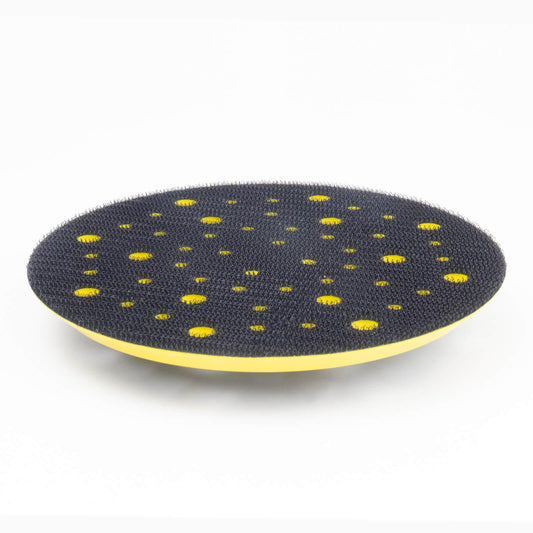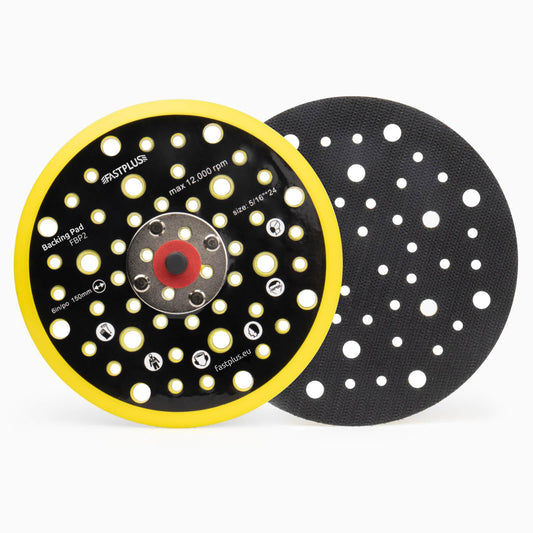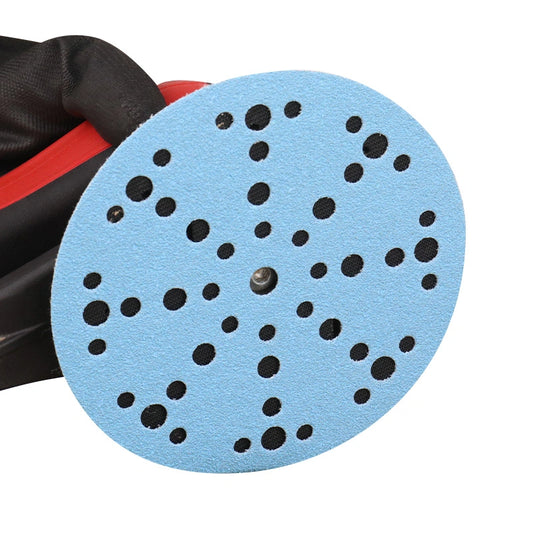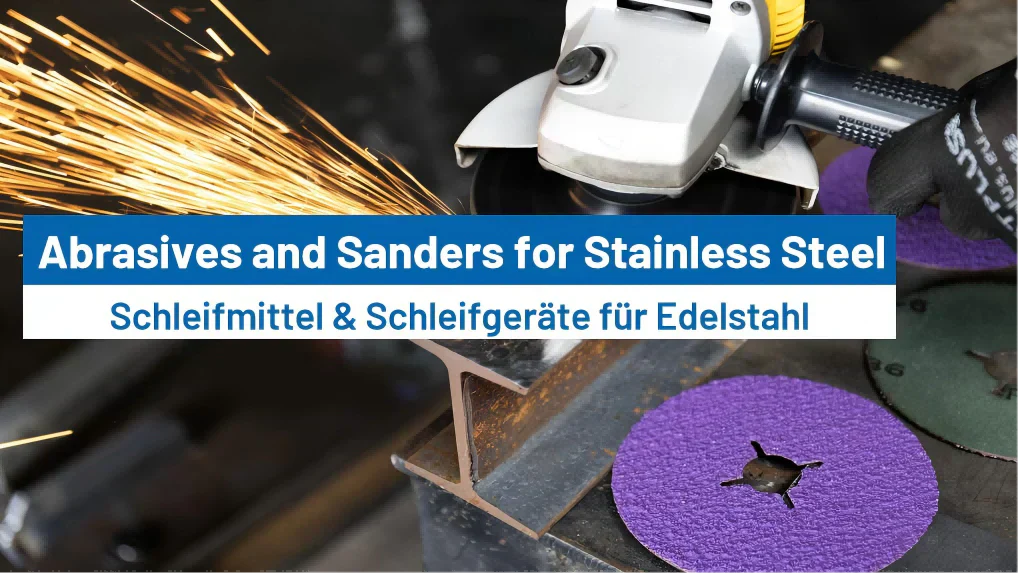
Abrasives and Sanders for Stainless Steel
Stainless steel is one of the most versatile and widely used metals in modern fabrication. Its corrosion resistance, durability, and sleek appearance make it ideal for kitchen surfaces, architectural panels, automotive parts, and industrial equipment. However, sanding and finishing stainless steel can be challenging due to its unique properties. Understanding the right sanders, abrasives, grit selection, and techniques is key to achieving a flawless finish. In this guide, we will cover everything from tool selection to grit progression, surface finishing, and safety considerations for working with stainless steel.
Why Stainless Steel Requires Special Attention

Stainless steel contains chromium, which forms a thin oxide layer on the surface, providing corrosion resistance. While this makes stainless steel durable, it also presents specific challenges during sanding:
- Work-hardening: Stainless, particularly austenitic types like 304 and 316, hardens quickly when abraded. Aggressive grinding can make further material removal more difficult and may result in uneven surfaces.
- Heat sensitivity: Excessive heat from sanding or grinding can cause discoloration, heat-tint marks, or even surface warping in thin sheets.
- Contamination risk: Iron particles from other tools or carbon steel abrasives can embed in the stainless surface, leading to rust spots over time.
These factors make it essential to carefully select the right abrasives and sanding techniques. Using high-quality sandpaper, sanding discs, or fibre discs specifically suited for stainless steel reduces the risk of these common issues and ensures a cleaner, more durable finish.
Choosing the Right Sanders for Stainless Steel
Different types of sanders are suitable for different stages of the work. Matching the sander to the task improves efficiency, prevents damage, and enhances the final finish.
Belt Sanders
Belt sanders are ideal for heavy stock removal and smoothing large flat or slightly curved surfaces. They are particularly effective when paired with coarse sandpaper belts for rapid material removal. When using a belt sander, it is crucial to maintain light, even pressure and to keep the tool moving consistently. This prevents excessive heat, uneven grinding, and work hardening. Belt sanders are also effective for leveling weld seams on larger panels.
Random Orbital Sanders
Random orbital sanders are excellent for intermediate sanding and surface preparation before fine finishing. Their random motion reduces swirl marks and produces a smoother surface compared to linear sanding methods. When random orbital sanders fitted with sanding discs, provide a consistent cut that is ideal for achieving a uniform finish on stainless steel panels. They are also less aggressive than belt sanders, which makes them suitable for delicate surfaces where maintaining the original shape is important.
Angle Grinders with Fibre Discs
Fibre discs mounted on angle grinders are versatile tools for weld blending, shaping, and surface leveling. They are available in various grits and offer an aggressive cutting action while still maintaining a relatively smooth finish. Continuous movement is necessary to avoid heat buildup and to prevent the formation of discoloration or heat-tint marks. Angle grinders with fibre discs are particularly useful for removing weld beads or correcting surface irregularities in stainless steel fabrication.
Die Grinders / Rotary Tools
For corners, seams, or tight areas, small abrasive wheels or non-woven pads mounted on die grinders or rotary tools allow detailed work and precise material removal. These tools are effective for blending edges, finishing intricate shapes, and preparing surfaces for the final finish without damaging surrounding stainless steel areas.
Orbital Finishing Sanders
Orbital finishing sanders are best suited for creating brushed or satin finishes. Using non-woven pads or fine sanding discs on these tools allows even material removal and produces consistent surface texture across large panels. They are also ideal for preparing surfaces for mirror polishing or for achieving a uniform industrial finish.
Selecting Abrasive Materials
The type of abrasive material chosen has a direct impact on efficiency, surface quality, and tool longevity. Different materials are suited for different stages of stainless steel finishing.
| Abrasive Type | Characteristics | Ideal Use |
|---|---|---|
| Ceramic Alumina | Aggressive, long-lasting, heat-resistant | Heavy stock removal, weld removal |
| Aluminium Oxide | Smooth cutting, cost-effective | General surface preparation |
| Non-Woven Abrasives | Blends and cleans surfaces | Satin or brushed finishes |
| Polishing Compounds | Fine luster and shine | Mirror finishing |
When working with stainless steel, it is important to use high-quality abrasives, including sandpaper, sanding discs, and fibre discs, dedicated to stainless steel. Using carbon steel abrasives can contaminate the surface, leading to rust or corrosion over time. Non-woven pads and fine polishing compounds are useful for final surface finishing, especially when a brushed, satin, or mirror finish is desired.
Understanding Grit Progression
Achieving a professional finish on stainless steel requires working through a sequence of progressively finer grits. Skipping steps can leave scratches or uneven surfaces that are difficult to remove in later stages. Typical grit progression for stainless steel finishing includes:
- Heavy stock removal / weld shaping: 36–60 grit
- Blending and smoothing welds: 80–120 grit
- Satin / brushed finish: 120–240 grit
- Fine finishing: 320–600 grit
- Mirror polish: 800 grit and above
Progressing gradually through these grit levels ensures that scratches from coarser abrasives are removed systematically, producing a smooth, uniform surface ready for final finishing or polishing.
Step-by-Step Stainless Steel Sanding
1. Weld Removal
Start with coarse abrasives such as sandpaper or fibre discs in the 36–60 grit range. The goal is to flatten weld beads and remove high spots. Keep the tool moving continuously to prevent localized heating, which can cause discoloration or work hardening. Using consistent, moderate pressure helps achieve a uniform surface without gouging.
2. Surface Blending
Move to finer abrasives, around 80–120 grit, or use sanding discs to smooth weld areas and blend them with surrounding stainless steel. This stage removes scratches from the coarse stage and prepares the surface for intermediate finishing. Light, even pressure and consistent motion are key to avoiding swirl marks and heat buildup.
3. Smoothing
Progress to finer mesh sanding discs or abrasive rolls in the 180–240 grit range. This stage refines the surface, removing minor scratches and preparing it for a brushed or satin finish. At this stage, the stainless steel surface should feel uniform to the touch, and visual inspection should show minimal imperfections.
4. Creating Satin or Brushed Finishes
Use non-woven abrasive pads or fine discs in a consistent linear motion to create a brushed finish. This technique is commonly used in decorative panels, kitchen appliances, and commercial stainless steel surfaces. The key is consistent direction and gentle, even pressure to maintain the desired texture.
5. Polishing
For high-gloss or mirror finishes, continue with 400–600 grit or higher, followed by polishing compounds applied with soft mops or buffing pads. Low-speed polishing reduces heat buildup and protects the stainless steel’s corrosion resistance. Every previous scratch must be removed before polishing; otherwise, imperfections will be amplified in the final reflective surface.
Techniques for Heat Control and Consistency
- Apply light, even pressure; the abrasive material does the cutting, not brute force.
- Keep the tool moving continuously to distribute heat evenly and prevent work hardening.
- Use wet sanding or intermittent passes for large areas to reduce heat accumulation.
- Clean the surface between grit changes to remove debris that could scratch finer abrasives.
- Replace worn abrasives to maintain consistent cutting efficiency.
Achieving Common Stainless Steel Finishes
Brushed Finish
Use 120–240 grit abrasives followed by non-woven pads. Move in a single direction to achieve a clean, linear grain. Brushed finishes are popular for both aesthetic and functional purposes, as they hide fingerprints and minor scratches while providing a uniform appearance.
Satin Finish
Finish with 320–400 grit non-woven pads or mesh discs for a soft matte texture. Satin finishes are common in industrial equipment and decorative panels, offering a balance between durability and visual appeal.
Mirror Finish
After smoothing and pre-polishing (320–600 grit), apply polishing compounds with soft mops for a reflective surface. Mirror finishes require patience, careful grit progression, and attention to detail to avoid swirl marks and heat discoloration.
Safety Guidelines
Working with stainless steel generates sparks, fine dust, and heat. Key safety measures include:
- Always wear eye protection, gloves, and a respirator.
- Use dust extraction systems to control airborne particles.
- Maintain dedicated abrasives for stainless steel to prevent contamination.
- Ensure good workspace ventilation to reduce dust inhalation.
- Keep flammable materials away from the working area, especially when using angle grinders or belt sanders.

Summary
Sanding and finishing stainless steel requires a careful balance of material removal, heat management, and surface precision. Understanding the right sanders, abrasives, grit progression, and techniques is essential for professional-quality results.
Whether preparing welds, creating a brushed appearance, or polishing to a mirror shine, following the proper workflow ensures a smooth, uniform, and durable finish. Consistency, patience, and the correct abrasive tools make stainless steel finishing manageable and repeatable.
High-quality sandpaper, sanding discs, and fibre discs should be reserved for stainless steel to avoid contamination, while proper technique and grit progression ensure a lasting, visually appealing finish.
